Today I’m bringing you a guest post by Bente Vold Klausen about a place I am yet to visit: Oslo. Bente is Norwegian and has her own travel blog together with her husband, Travel With All Senses. She is also an artist and editor of a magazine. Find out more here.
Oslo, the capital of Norway is probably most famous for its location far up north and a city where everything is very expensive. Most tourists stop for only a day or two before they head off to see the famous fjords in the western part of the country. But Oslo is so much more. Did you know that Oslo has two sculpture parks, one of which is the worlds largest, and several great contemporary art museums and a large collection of art by Edward Munch? Oslo is the head of a fjord with bustling life along the seaside. North of the town there are large forest areas for the benefit of tourists and city residents. A tram ride up in the hills north of the town gives you an amazing view and you can visit the Holmenkollen ski jump facilities. Oslo also has a lot to offer those interested in art. Here are my favorites:
Astrup Fearnley Museet
This is a private museum showing contemporary, international art. The museum opened in 1993 but moved to a new and more exciting location at Aker Brygge in 2012. The new buildings are designed by architect Renzo Piano from Italy. He is also the architect behind the Pompidou Center in Paris. Astrup Fernley Museum has a fantastic location at the tip of the pier and the location and architecture is in itself worth a visit. In my opinion it is a perfect harmony between the architecture, the water entrance to the city, and life at the seaside.
The museum has a large permanent collection and their concept is to concentrate mostly on individual artist and artwork more than on trends and historical eras. Their collection includes many works by Jeff Koons; among others is “Michael Jackson and Bubbles”. On of my favorite artists, Anselm Kiefer, is represented with the works “The High Priestess”, his bookshelf in led, and the “Ladder to the Sky”, as well as several more. With numerous large exhibition halls, the museum can display several exhibitions at the same time. Opening hours and prices: Look here!
The Munch Museum
Munch Museum is located in the district of Tøyen, but there are plans to move it to the area near the Opera House at the seaside. The Munch Museum opened in 1963, a hundred years after the death of the painter. Edward Munch gave all his remaining art as a testimonial gift to Oslo city – more than 45000 objects. Hence the museum is one of the world’s largest monographic museums and often lends out from its collection to museums all over the world. Munch’s most famous painting, Scream, is available in four original versions, two of which are in the Munch Museum. The National Museum in Oslo also has an original version and the last version was sold in an auction in 2012 to an unknown buyer for 119,9 million dollars. Opening hours and prizes: Look here!
Ekeberg Sculpture Park
As a child I used to go horse riding on these hills. Today the area is turned into a sculpture park without displacing horse riders, joggers or normal walkers. One of Oslo’s newest art projects is the Sculpture Park at Ekeberg which opened in the autumn of 2013. Up the hill on the east side of the town you can find Ekeberg Park with stunning city views. This area has always been a popular recreation area and has an interesting history. A new visitor center shows this in a nice and educational way. Take the tram 18 or 19 and walk at your own pace on the many paths. It is about 3 km of paths and on your way you will get one surprise after another.
Many well-known artists have contributed, including Louise Bourgeois. Her installation, “Couples”, is hanging from the pine trees in a grove. James Turell has a light installation in the old water reservoir, not very unlike the one he has in Houston Fine Art Museum. Salvador Dali is represented with his “Venus de Milo aux Tiroirs”. In addition to this several Norwegian artists are represented, as well as some of the old masters.
Vigelandsparken
There are few places where one artist has been allowed to flourish without restraint like in Oslo. In Frognerparken, the artist Gustav Vigeland has created the worlds largest sculpture park. More than 200 sculptures show the human life cycle from birth to death.
The Park was completed in the years 1939 to 1949 and occupies 320 acres. The park is open all day and night and there is a free entry. Vigelandsparken is part of a bigger recreation area; Frognerparken, and has an outdoor pool area as well. Across the road for Vigelandsparken is Vigeland Museum. The parks most famous sculpture is “Sinnataggen”. (Can be translated to: The angry small boy). At the end of the promenade that goes from the entrance, crossing the bridge and ending at a plateau, there looms the Monolith. The Monolith is a 17 meter high column consisting of 121 figures and it’s all carved out from one solid granite block.
Vigelandsparken may be more absurd than actually beautiful, but it is absolutely worth a visit and even children will enjoy this. As a Norwegian I grew up with this artist and this park and as a young girl I was often in the park and in the museum to practice drawing – part of our art education! A small digression: His brother Emanuel Vigeland was also an artist and has a mausoleum not far away at Smestad. Unfortunately it is only open on Sundays, but a visit here is a mysterious and beautiful experience. His urn is placed in the wall by the entrance. Emanuel Vigeland planned and designed everything before he died.
The Museum of Contemporary Art
The old National Bank, one of Oslo’s majestic buildings, is today converted into The Museum of Contemporary Art and opened in 1990. It is centrally located on Bankplassen not far from Akershus Fortress. The Museum has 2000 m2 exhibition space and displays temporary exhibitions as well as work from their permanent collection, which consists of more than 5000 pieces after 1945. The Museum of Contemporary Art is located in an area with many small galleries and cafes, not far from the seaside. If you, like me, are a fan of Louise Bourgeois, they have two gallery rooms showing her work.
The Stenersen Museum
Many contemporary museums today are architectural wonders worth visiting no matter what they are showing! Stenersen Museum does not belong to this class. The museum is run by Oslo Municipality and shows changing contemporary exhibitions. They often have photo exhibitions and installations. It is located in the center of the town by the Concert Hall and not far from Aker Brygge, a popular seaside area. The Museum is unfortunately closed in July and August, just the period when most tourists are visiting Oslo. During the rest of the year it is open every day, but Mondays.
Henie Onstad Art Center
This is the oldest contemporary art museum in Oslo. It opened in 1968. More precisely, it is not located in Oslo but in the neighboring community, Bærum. The art center is private and it all started with the private art collection of Sonja Henie and her husband Niels Onstad. Sonja Henie was the queen on ice and an Olympic Champion in 1928,1932 and 1936. The architecture was considered catching and bold at the time. Later new extensions were built.
The Museum is located by the sea in beautiful surroundings and a good starting point for walks along the shores. Today we might not think of this as great and stunning architecture, especially looking at it from outside, but the exhibition halls and the internal architecture works well and is perfect for contemporary exhibitions. Henie Onstad Art Center has changing exhibitions and also a permanent collection. The museum restaurant is run by one of Norway’s celebrity chefs and serves great food. It is open every day except Mondays.
Kunstnernes Hus
Translated to “House of Artists”, it is an artist run gallery and an institution in Oslo. The building is designed by the architects Gudolf Blakstad and Herman Munthe-Kaas, and was opened in 1930.
The National Gallery
They show permanent and changing exhibitions of older art, mostly Norwegian art from before 1945. The National Gallery has the largest art collection in Norway. The two biggest attractions are Edward Munch’s “Scream” and “Madonna”.
Have you been to Oslo? Can you recommend any more great arty things to do there? Let us know in the comments below!
Finally… Musement, a site offering museum tickets, art tours, and cultural activities has kindly let Wanderarti readers get €5 off purchases up until the 31st July. Just use the code WANDERARTI and you can get discounted offers all over Europe!


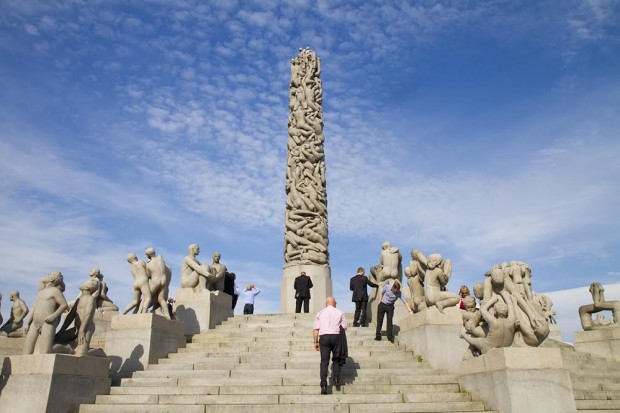
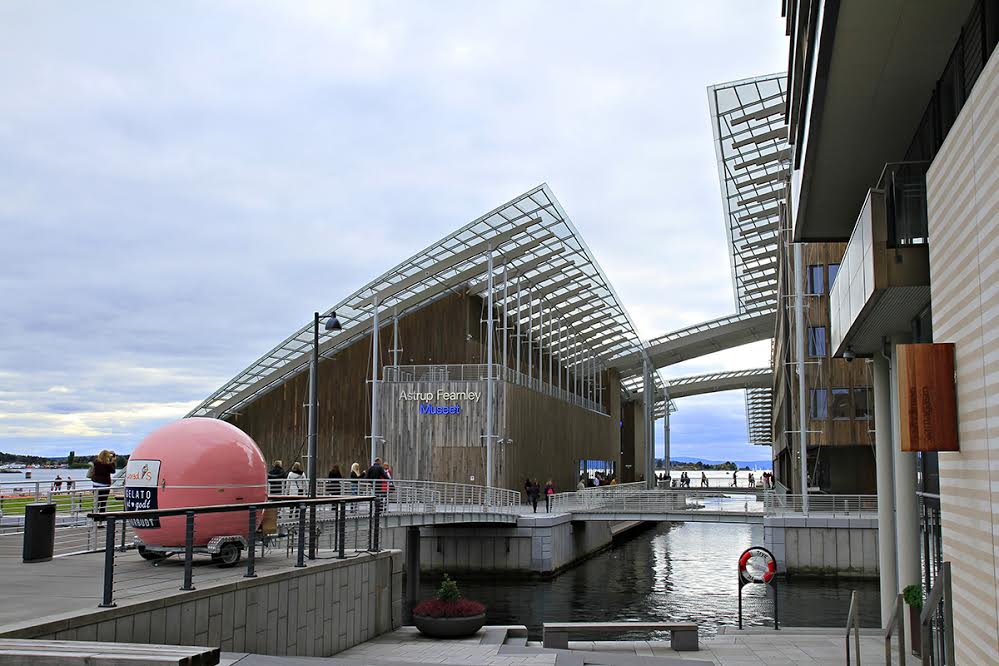
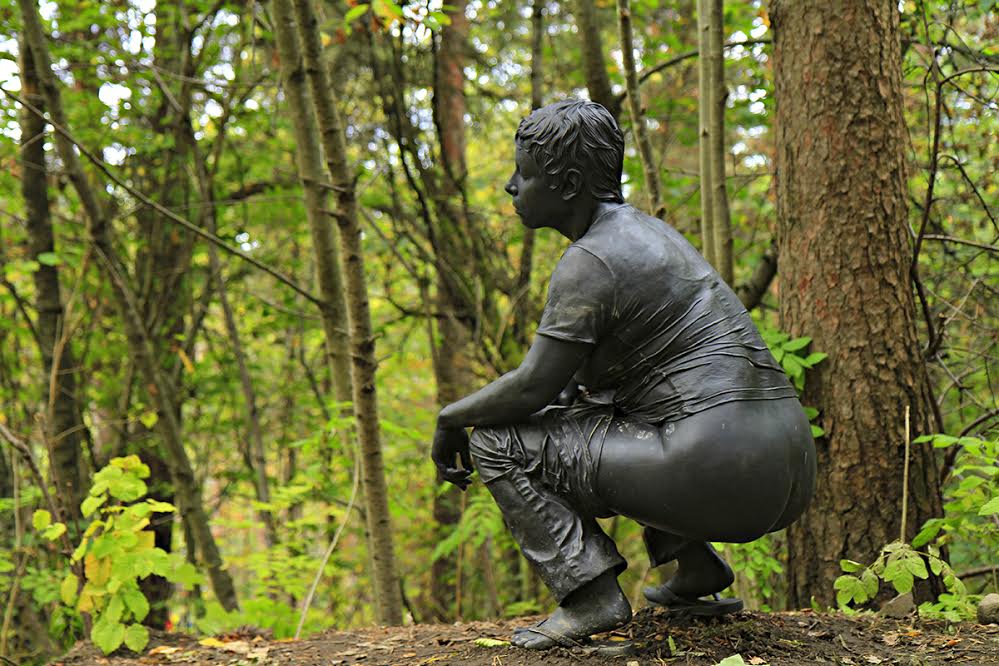
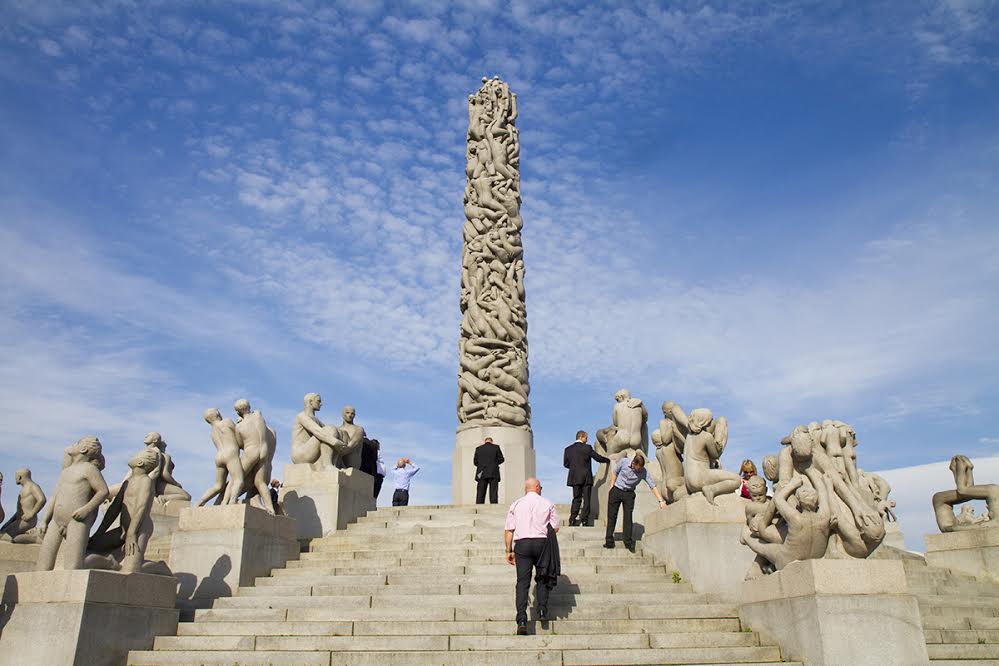
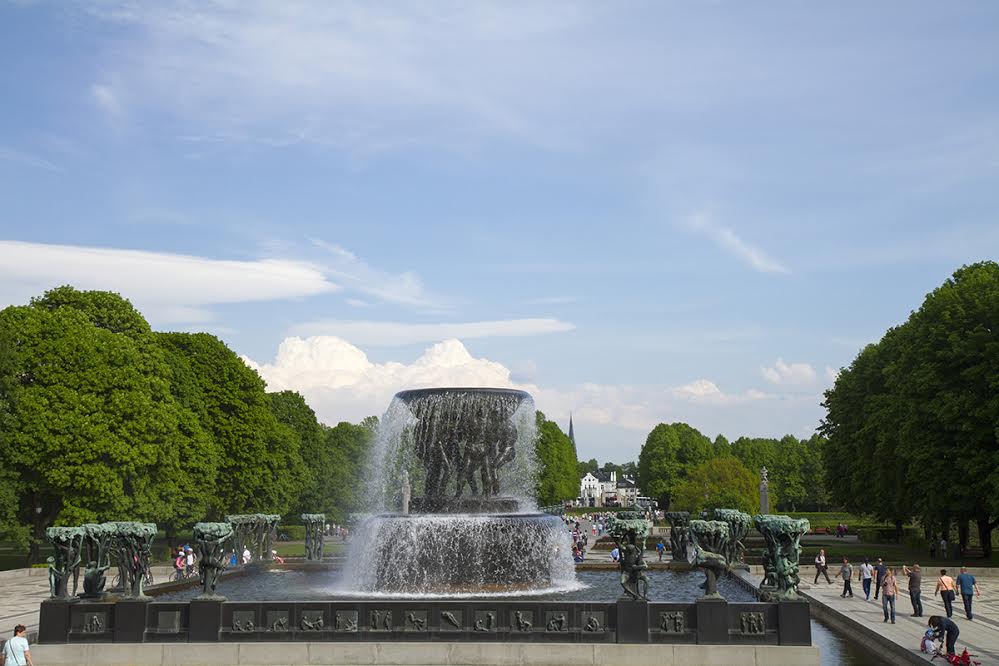
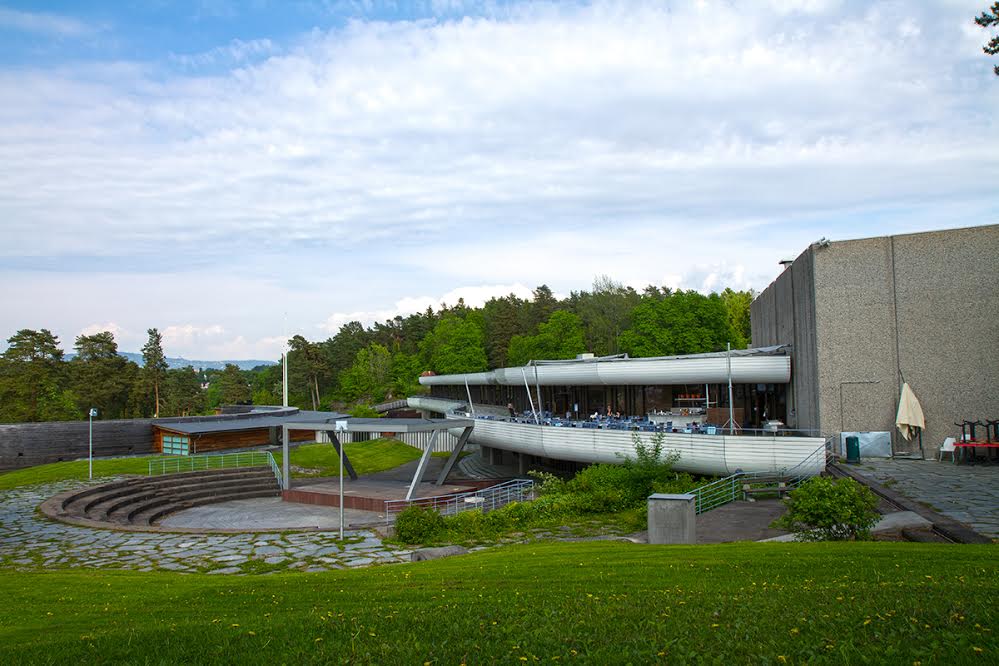

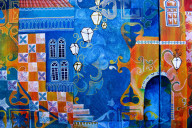
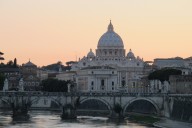
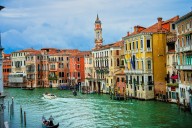





Awww, like I needed even more distraction and motivation to visit Norway and Oslo! Thank you: Bente for writing, and Lizzie for hosting!
Thank you: Bente for writing, and Lizzie for hosting!
I know, same here! I’ve been wanting to visit for a long time